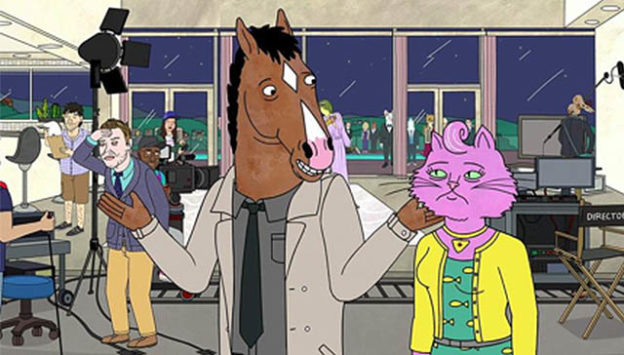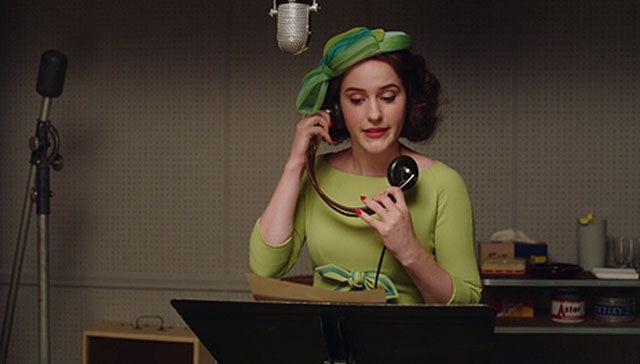[Photo Source: Netflix]
Written by Terry Berland @berlandcasting for Backstage Industry Expert Advice.
When actors decide to learn and pursue voiceover work, many have the idea of jumping right into animation because it seems like great fun. Fair warning though, nothing can grow, expand, and sustain longevity without a strong foundation. First, you need to learn the fundamental voiceover basics that are needed to perform in commercials and narration. After you conquer that and can execute the nuances of performance in commercials and narration, then consider expanding into animation and make sure you understand the different elements you need to succeed in the area.
It can be easy to think all you need for animation is a funny voice, but it’s much more than that. For example, to be considered for animation work on an entry-level, I suggest you develop and be able to act out about 12 original characters that you present to the industry through a demo reel. You have to convince the person who is going to give you a shot that you have a broad range and are extremely flexible. The operative word here is “act,” as working in animation takes acting with your voice and not just a “funny” voice. In fact, many animation jobs are not even calling for any kind of fake character voices anymore. You might very well be using your own voice fulfilling a role by choosing specific characteristics with a broad definition and as broad as animation performance is, you still have to deliver a connected performance.
How do you do that? By realizing animation requires the below elements.
1. Physical Type
You need to create a physical type and it takes acting ability to do so. Some examples of physical types you might need to portray in a character might be to sound heavy and short, tall and muscular, tall and thin, or old and hunched over. To play the character with any believability, your entire body language has to change as well as your facial expressions.
2. Attitude
You should also reveal a particular attitude. You must be able to show the emotions of the character, from comedic, satiric, and serious to scared, tentative, and happy-go-lucky. You have to develop, think, and perform with great imagination. This takes freedom developed through improv and acting skills.
3. Flexibility
You need the ability to switch gears in a matter of seconds. Your character may indicate a switch in emotions very quickly. For instance, you might start out confident and have to switch to fearful if you are threatened by the character you are playing opposite. You need to be able to go from one to the other with ease.
4. Commitment
Commit to a character and run a marathon, not a sprint. You have to be able to sustain working four to six hours during a recording session. The contract you are under may allow the talent to be booked for three different voices in one session which takes complex multiple commitments in one recording session.
5. Dependability
A large part of being booked is the assured feeling that the director can depend on your coming through in the performance. In addition, in the case of the animation contract allowing the production to hire one talent to do three different voices, talent who know how to do three voices as opposed to one voice, has a better chance to be booked over talent who only does one voice. The director will depend on your ability and flexibility to do all of the aforementioned at a booking session. For instance, your scene might start out with you confidently jumping off a cliff and being a wise-ass during your free-fall, and then change to comedic trepidation and then to fear. You have to change as swiftly as the wind. With every aspect of the job, you need to be dependable.
If you want to sharpen up on your voice-over technique, follow this link to Terry Berland’s Voice-Over workshops.








